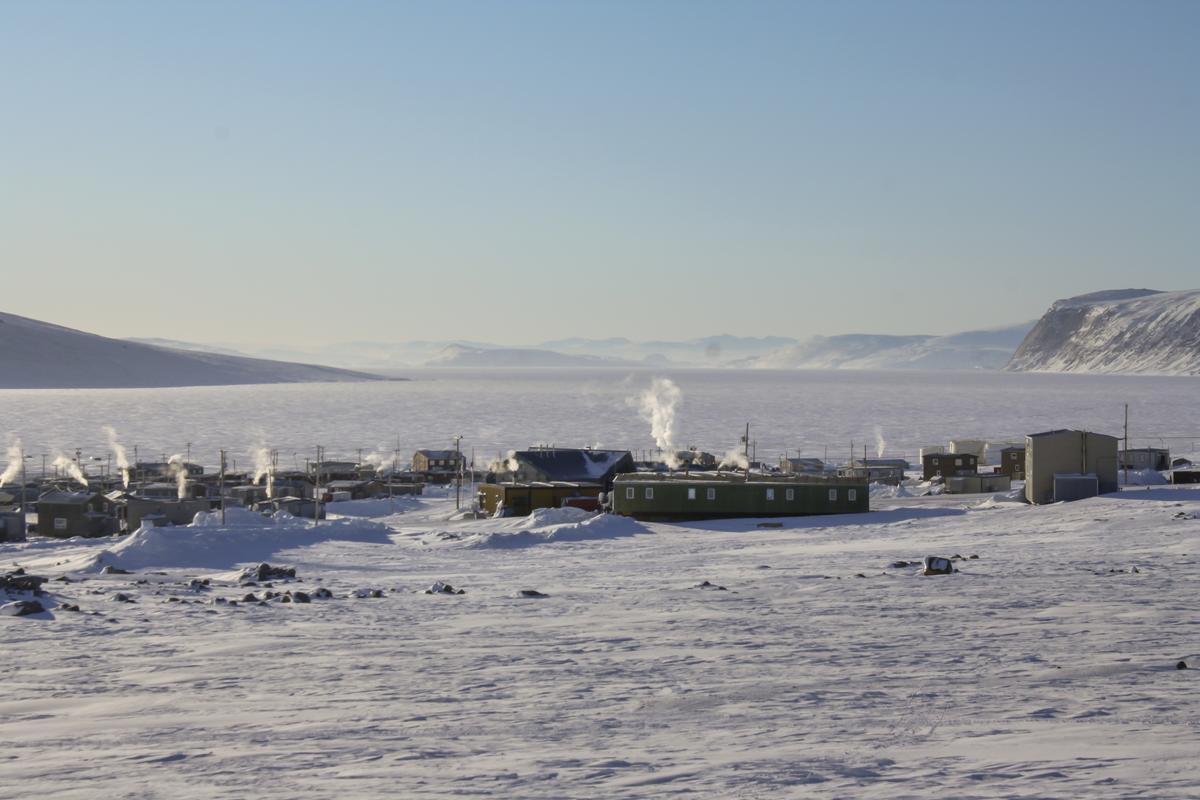“The Arctic is warming up twice as fast as the rest of the world. It’s literally our indicator of what’s to come for the rest of the world.” stated Olaf Kuhlke during an interview about the project Our People, Our Climate. The ground-breaking documentary film Our People, Our Climate is currently being screened at the Centre for Contemporary Arts in Glasgow during the annual meeting of the United Nations Framework Convention on Climate Change (UNFCCC) - COP26 taking place October 31 - November 12, 2021 in Glasgow, Scotland.
The project Our People, Our Climate is both an artistic showcase and skills development program focusing on the visualization of climate change in Arctic locations, and began in early 2020 as an international collaboration between the University of Minnesota Duluth, West Baffin Eskimo Cooperative, Glasgow’s Centre for Contemporary Arts, and the ilinniapaa Skills Development Centre in Iqaluit. The eight month project provided Arctic students the opportunity to learn about existing evidence for climate change in different biomes across the globe, visualizing climate change, practicing how to use photography - with both still photography and videography, and documentary filmmaking to collect evidence of climate change in their communities resulting in the film screening in Glasgow.
In August 2021, UMD Department of Geography and Philosophy Associate Professor Olaf Kuhlke received a Sustainable Development Goals (SDG) fund grant from the University of Minnesota Global Programs and Strategy Alliance to expand his original project initiative Our People, Our Climate. This expansion will bring the project to non-Arctic regions, while continuing to work with the North, and was one of seven projects chosen after a competitive proposal process that included priorities that connect local and global issues that align with the United Nations’ 2030 Agenda for Sustainable Development.
